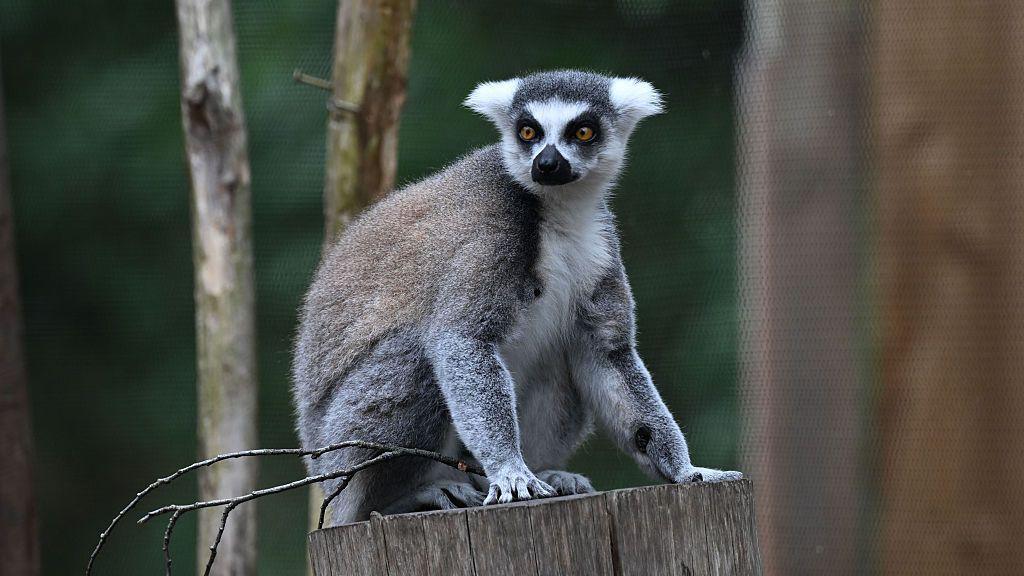Link found between primate thumb and brain size

Scientists studied 94 primate species, including living animals and fossils
- Published
Researchers have found a consistent link between thumb length and brain size in primates.
Scientists at the University of Reading studied 94 different primate species and found that species with relatively longer thumbs, which help with gripping objects, had larger brains.
The university said it was the first direct evidence that manual dexterity and brain evolution were connected across the entire primate lineage.
The findings were published in Communications Biology on Tuesday.
The primates that scientists studied included both living animals and fossils, and they found the link was there even when humans were removed from the analysis.
"We've always known that our big brains and nimble fingers set us apart, but now we can see they didn't evolve separately," said lead author Dr Joanna Baker.
The research also found longer thumbs were linked to the part of the brain that processes sensory information and handles cognition and consciousness, and not the part responsible for movement.
"As our ancestors got better at picking up and manipulating objects, their brains had to grow to handle these new skills," said Dr Baker.
"These abilities have been fine-tuned through millions of years of brain evolution."
The university said further work was needed to establish exactly how the neocortex - the part of the brain that was linked to longer thumbs - supports manipulative abilities.
Get in touch
Do you have a story BBC Berkshire should cover?
You can follow BBC Berkshire on Facebook, external and X (Twitter), external.